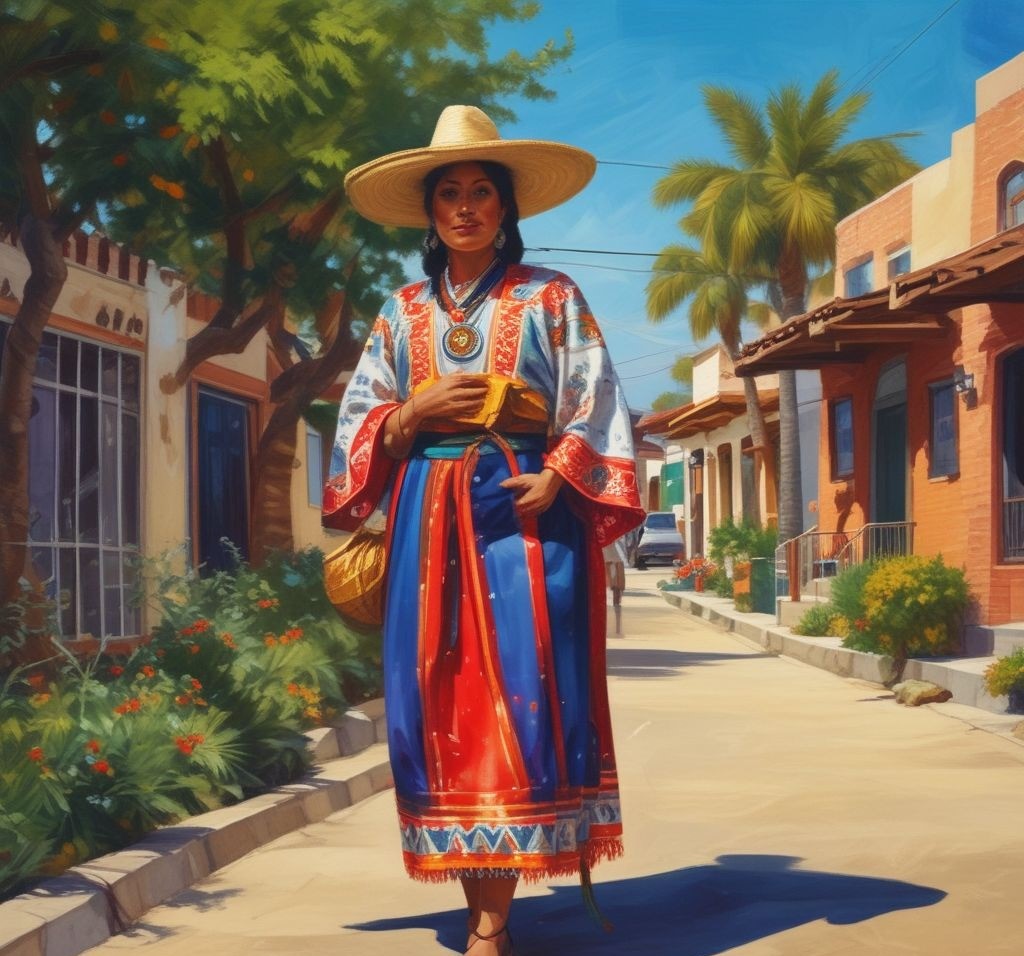Mexican American community

History of Mexican American community
The book, Fit to Be Citizens? Public Health and Race in Los Angeles, 1879-1939 by Natalia has its main theme as Mexican American community and the formation of the whites of a racial hierarchy among the settlers in Los Angeles where they used health focuses as a foundation of assessing the welfare of the American history. Based on the late and some parts of the twentieth century, the book covers a wide demonstration of the evolution of racial assessment in the community health in the Chinese community and the Japanese community. Writers who offer history assignment help at Edudorm essay writing service notes that the book mainly focuses on the immigration of the Mexican American community who had racialism supremacy and was above the Chinese and Japanese communities. During the depression era, the racial status of the Mexican community changed from settlers who could learn the American ways to the people who had diseases and were deported as they were risks to the American community wellbeing (Natalia, 9).
First Chapter of the Book Addresses Health Matters of the Mexican American Community
The first chapter of the book focuses on the foundations of race that is based on the community health matters. By considering the response of the health officers to the Chinese in Los Angeles after the Chinese Exclusion Act, Molina states that the focus on health is based on two businesses that are used by the Chinese and they include the sale of fruits and vegetables all-round the community and the public clothes. Experts who offer history essay help at Edudorm essay writing service indicates that the Chinese were viewed as a peril to the economy of the states, the aim of these businesses as health nuisances developed Chinese as dirty and a disease harassed and placed them at the end of racial supremacy. In the second chapter of the book, Japanese who were successful farmers were aimed as the carriers of food communicable diseases. The response of the communal health officials to the Mexican American community matters was different. The Americans viewed the Mexican community as untidy but has learning skills. Thus the American staffs formed restoration platforms to the settlers of Mexico where no such platforms were given to the Japanese thus putting Mexican American community higher in the race supremacy than the Japanese (Natalia, 23).
Connection of the Mexican American Community with Health Officials
The other parts of the book show the connection of the Mexicans with the community health officials. There was the institutionalization of racial status in the community health such as the isolation of the services that isolated the whites from the Mexicans and aimed on high infant death rates among the Mexican American community. This named the Mexican women as bad and who did not have the ability of complete socialization in the American structure. Authors who offer history case study help at Edudorm essay writing service points that there were also the alternations in the community health officials’ attitudes towards the Mexican American community and this made them to be names as not only ethnically poorer but also unfit to be named biological for the American community and this made them to be endangered to disinfection and banishment. The Mexican community response was mainly due to their current status through enough public housing and admission to the public health services (Natalia, 97).
Causes of Poor Community Health
The reliable theme in the book showed that the causes of poor community health was not addressed by the community health department but the blame was put on the Americans due to their ethnic lowliness and it is the theme that the author stresses again and again. Tutors who offer history homework help at Edudorm essay writing service acknowledges that the community health aimed the Mexican American community mothers for the facilities and educational platforms as long as the Mexican American community workers were worth to the American businessmen. The economic status became worse, the platforms declined and labors towards banishment and purification started (Natalia, 115).
Work cited
Molina, Natalia. Fit to Be Citizens? Public Health and Race in Los Angeles, 1879-1939. Berkeley: University of California Press, 2006. Internet resource.
https://www.loc.gov/classroom-materials/mexican-american-migrations-and-communities


